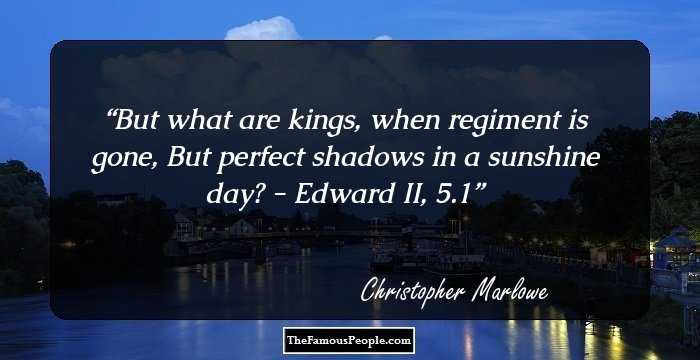
Are they in support of Edward II and his rule? Or will they join Queen Isabella and Prince Edward in claiming the crown? As one noble declares: “You must be proud, bold, pleasant, resolute, And now and then stab as occasion serves.” In Edward II, the play that established a genre for others (including Shakespeare) to follow, Marlowe creates complicated and compelling characters in a power struggle for the ages. But getting rid of Gaveston is only the beginning-after the Battle of Boroughbridge, the lines are drawn and the nobles of England must take sides. Guided by Edward’s Queen Isabella, the She-Wolf of France, the barons undertake a campaign to return England to prosperity. King Edward is despondent without Gaveston and desperate to have him back, which leaves the barons only one option: Kill Gaveston. When Edward II’s father dies, Gaveston returns, only to be banished again by the barons of England who see Gaveston as a threat to the stability and integrity of the throne. Edward Second by Christopher Marlowe is a period drama retelling the life and struggles of King Edward II during his twenty-year reign as the ruler of England.

The play explores the tragic tensions between sexual passion and marriage, royal responsibility and self-fulfilment, noble privilege and raw ambition.

Edward I banished Piers Gaveston because of his influence over Edward II. Marlowe portrays the king’s downfall as a result of his love for his favourites, Gaveston and Spencer his neglect of his queen and earls and the rise of Queen Isabella and her lover Mortimer. Marlowe tells the story of King Edward’s affection and rumored love affair with Piers Gaveston, an attendant in the royal household, exiled by Edward’s father for his influence over the young royal. Christopher Marlowes Edward II opens with the introduction of Piers Gaveston. The Tragedy of Edward II is the only history play written by Christopher Marlowe, and one of the earliest English history plays ever written.


 0 kommentar(er)
0 kommentar(er)
